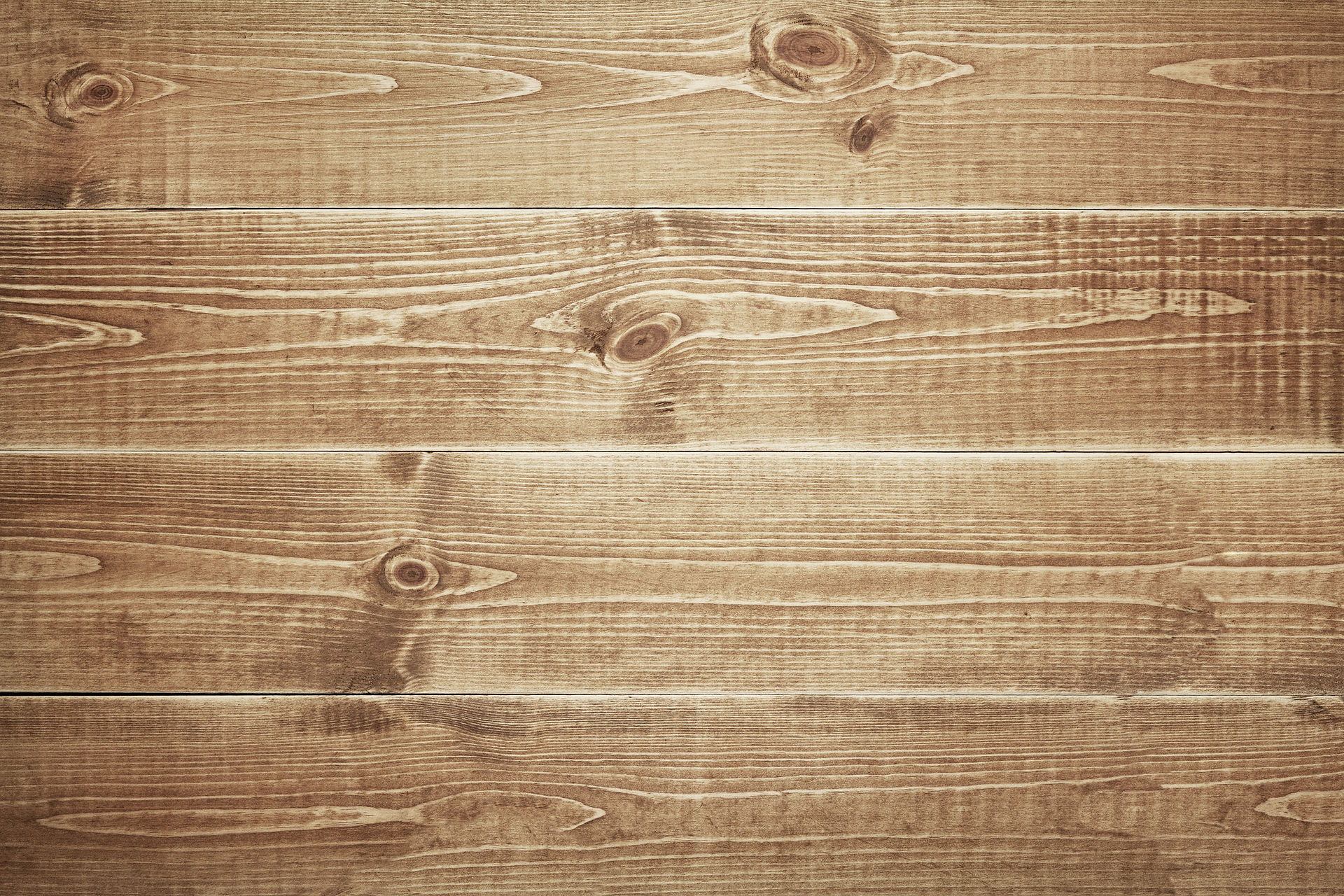
History of Terrariums
The terrarium was invented in 1827 by a London doctor who possessed an enthusiasm for botany. The Doctor’s name was Nathaniel Ward. Fumes from London factories were polluting the air resulting in Ward’s outdoor plants dying. While conducting experiments with moths & caterpillars in a covered jar he noticed that several new plants were growing in the soil at the bottom of the jar. Unlike his outdoor plants exposed to pollutants, these jarred plants were healthy. Ward concluded that plants could thrive if they were protected from the polluted air & elements. He began creating miniature greenhouses he called “fern cases.” These cases are now known as “Wardian cases” or terrariums. Ward’s terrariums became so popular they became a standard in households. They varied from inexpensive basic containers to extravagant cases used to showcase live plants. The Wardian case became fashionable in the U.S. in the 1860’s & most Victorian households were not without one. Wardian cases or terrariums are no longer a necessity for filtering out polluted air but they do allow us to display plants inside unique, ornamental, simple or even extravagant glass “homes” in which they require very little maintenance. Terrariums are now used to exhibit anything from just a single plant to an arrangement of plants. They can be basic or present “scenes” that can include rocks, sticks, figurines & other creative accents.







